The Belt Street Bell Tower
The intersection of Manse and Belt Street’s is the site of the historic Bell Tower, which was salvaged when the first Presbyterian Church in Waimate was demolished in 1934.
The Bell Tower on Belt Street
The site of the Belt Street Bell Tower
The site on the corner of Manse and Belt Street’s required significant work before the Borough Gardener could beautify the area. It needed to be raised by 3 feet, and two power poles needed to be removed. There was also a telephone pole in need of moving to make the corner safer. So it was decided by the Mayor, Mr George Dash, that this site would make an excellent spot for a statue or monument.
The first Presbyterian Church of Waimate 1874 - 1934
The first Presbyterian Church in Waimate was gothic inspired. Featuring ornate details and tall pointed arches, the church opened to the public for worshipping by Reverend AB Todd in August, 1874. After 60 years of service the decision was made to demolish the church to make way for a new church, which is still in service today.
A plan to salvage the Bell Tower upon demolition of the church
When the decision was made to demolish the old church, it was decided the Bell Tower would make the perfect monument to place on the corner of Manse and Belt Streets, to serve as a memorial to the original church. A proposal to erect the Bell Tower on the site at the corner of Manse and Belt Street’s was approved by the Council, and circulars were distributed around the district outlining the plans, and also seeking donations for the removal and restoration of the tower.
Removing the Bell Tower
When it came to the removal of the tower, Mr Bull, the contractor for the new Presbyterian Church presented the Mayor with the tower.
Donations towards the project poured in, ensuring the tower monument was one to be proud of for its historic importance, artistic features and suitability for the site. The job of removing the tower was no easy feat. It stood 16 feet from top to bottom of its woodwork and took skill to remove it intact. Built of six by six totara, the framing of the tower was found to have survived sixty years of exposure without sign of decay. The outer barge boards were replaced with other timber from the old buildings as these were worm eaten. The tower was repainted and restored to its former glory.
Preparing the site for the Bell Tower
It was a huge task preparing the new site for the tower. Eighty tons of cement, rock and steel surrounded the centre, through which the girders passed, which were encased in seventeen feet of concrete. All in an effort to stabilise the tower in its place.
The site was raised by three feet, with one and half feet of sinking necessary to ensure the foundations were sound. In order for this to happen, four thousand cubic feet of soil and rubble was carted by horse and dray from nearby roadsides.
Four and a half feet above the foundations was the first step, from which the tower stood grandly, twenty six feet in the air. With no expenses spared, ten square feet of marble was placed, bearing an inscription of historic value facing down Manse Street. The marble and inscription was supplied by Oamaru sculptor Mr Crombie. The opposite panel of the Tower adorns a marble cross.
The Surroundings
To complement the Bell Tower memorial was a footpath spanning twelve feet, lined with steel rails comprising of fluted iron corner posts. Each corner post carried the emblem of the church – the Burning Bush. The artist Mr S.J Scott used his drawing as a guide in carving the bush from a block of kauri timber, which was then used as a pattern for the castings made at the foundry. Once complete, the fluted iron corner posts were painted.
In an effort to beatify the surrounding area of the newly erected Bell Tower memorial, landscaping was also carried out to enhance the site.
Credit
There were many people involved in the Bell Tower project. From the generous donation of the tower by Mr Bull and the hard work of his contracting team, to the Borough Council for having the foresight to transform the site into one of historical significance. The Power Board, telephone officers, and plasterers all played a significant role. As did talented artist Mr SJ Scott and Oamaru Sculptor Mr Crombie.
In 2020, restoration work on the Bell Tower was completed to ensure it continues to stand proudly as a piece of Waimate’s heritage.


